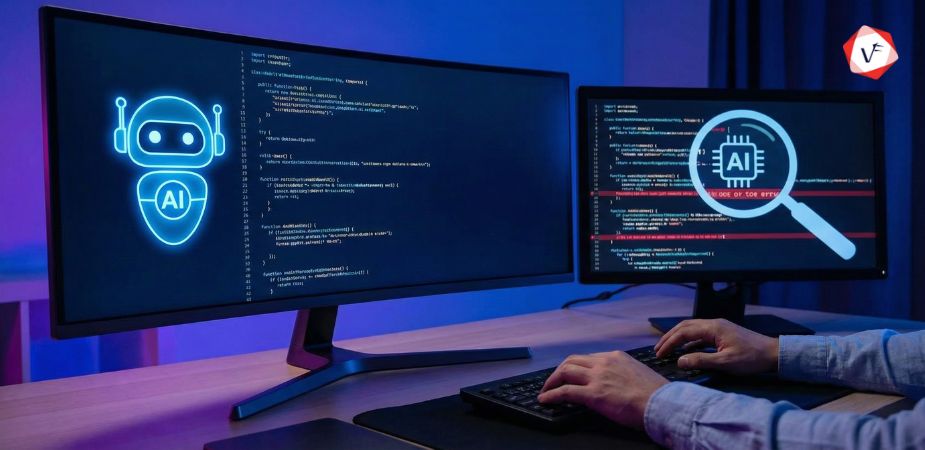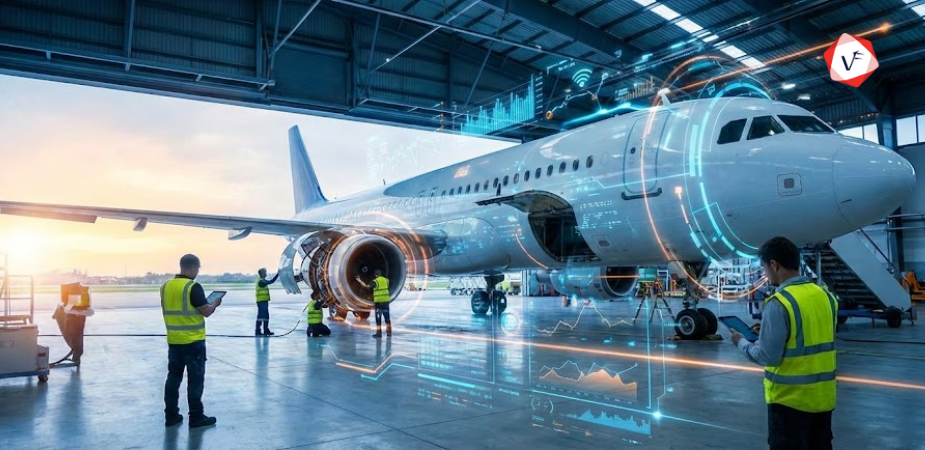Ensuring the safety, efficiency, and reliability of aircraft is paramount in modern aviation. Aviation maintenance has traditionally relied on scheduled inspections and reactive measures to resolve issues. However, challenges such as unplanned downtime, escalating costs, and complex maintenance procedures demand innovative solutions. Emerging technologies are rapidly transforming the aviation maintenance landscape, offering advanced solutions that promise to enhance predictive maintenance, streamline operations, and optimize overall aircraft performance. By integrating artificial intelligence, machine learning, digital twin technology, IoT connectivity, and augmented reality, aviation maintenance is evolving to address long-standing challenges and meet the high standards of modern air travel.
The Landscape of Aviation Maintenance Challenges
Aviation maintenance faces a range of common challenges that can impact flight safety and operational efficiency. One significant challenge is the unpredictability of mechanical failures, which often results in costly unscheduled repairs and extended downtime. The traditional maintenance approach often relies on routine checks and manual inspections, which can make it difficult to accurately predict component failures. This reactive maintenance model can lead to delayed repairs and increased risk of safety incidents. Additionally, maintaining aging fleets while incorporating new aircraft technologies adds complexity to maintenance schedules, requiring constant updates to training, tools, and procedures.
Another challenge in aviation maintenance is managing vast amounts of data. With aircraft systems generating terabytes of data from sensors, flight logs, and maintenance reports, there is a tremendous opportunity for data analytics to identify patterns and anomalies. However, leveraging this data effectively demands a robust IT infrastructure and sophisticated analytics tools, which many operators find challenging to implement. Cybersecurity also remains a critical concern as digital systems become more integrated into maintenance processes, raising the stakes for protecting sensitive information and ensuring system integrity.
The Role of Advanced Analytics and Machine Learning
Advanced analytics and machine learning have become indispensable tools for addressing common challenges in aviation maintenance. By processing and analyzing large datasets from aircraft operations, these technologies provide insights that were previously unattainable. Predictive models and algorithms continuously learn from historical data, improving their accuracy over time. This means that maintenance teams can rely on these models to forecast potential failures, identify trends, and make informed decisions that enhance overall flight safety and operational efficiency.
Moreover, machine learning algorithms help optimize resource allocation by identifying the most critical maintenance tasks and prioritizing them accordingly. This optimization ensures that limited maintenance resources are deployed where they are most needed, reducing waste and maximizing the return on investment. In addition to predictive maintenance, these technologies support diagnostics by pinpointing the exact cause of malfunctions, thus accelerating repair times and lowering overall maintenance costs.
Augmented Reality and Virtual Training in Aviation Maintenance
The adoption of augmented reality (AR) in aviation maintenance is another emerging trend that is transforming the industry. AR technology overlays digital information onto the physical environment, providing maintenance personnel with real-time guidance during repairs and inspections. For example, an engineer using AR glasses can view step-by-step instructions, schematics, and component details while working on an aircraft engine. This hands-on support significantly reduces human error and ensures that maintenance procedures are followed with precision.
Furthermore, AR is revolutionizing pilot and technician training by offering immersive virtual training sessions. Virtual simulations enable maintenance crews to practice complex repair procedures in a controlled, risk-free environment. This virtual training helps build expertise in dealing with rare or complex maintenance challenges and reinforces safety protocols. As emerging technologies like AR become more widely adopted, aviation maintenance teams can expect to see improvements in both the speed and accuracy of repairs.
Overcoming Data Management and Cybersecurity Concerns
Aviation maintenance increasingly depends on digital data and connectivity, which necessitates robust cybersecurity measures. The integration of IoT devices and cloud-based analytics platforms has expanded the attack surface for potential cyber threats. Addressing these vulnerabilities is essential to maintain the integrity of maintenance systems and safeguard sensitive data. Emerging technologies are now being leveraged to enhance cybersecurity protocols in aviation maintenance. Advanced encryption methods, multi-factor authentication, and continuous network monitoring are being implemented to mitigate the risks associated with cyberattacks.
In addition to cybersecurity, the challenge of data management remains critical. The massive volume of data generated by modern aircraft requires sophisticated data analytics and storage solutions. Cloud computing and big data platforms offer scalable solutions to store, process, and analyze this information effectively. By harnessing the power of cloud-based analytics, aviation maintenance teams can gain real-time insights into aircraft performance and maintenance trends, ensuring that critical issues are addressed promptly and efficiently. These emerging technologies enable a proactive approach to data management, transforming raw data into actionable insights that drive maintenance optimization.
Integration Challenges and Workforce Adaptation
Integrating emerging technologies into established aviation maintenance practices is not without its challenges. Many maintenance organizations face resistance to change due to long-standing traditions and established procedures. Adapting to new digital tools and processes requires significant investment in training and change management. Maintenance personnel must develop new skills to work effectively with advanced analytics, digital twin simulations, and IoT devices. This transition can be daunting, especially for seasoned technicians accustomed to conventional maintenance methods.
However, the benefits of emerging technologies far outweigh the challenges. By investing in training programs and fostering a culture of innovation, aviation maintenance organizations can bridge the skills gap and ensure that their workforce is well-equipped to handle modern maintenance challenges. Emphasizing continuous learning and professional development is critical for successful integration. In addition, collaboration between technology providers and maintenance teams is essential to customize solutions that meet the unique needs of each operator. This collaboration ensures that emerging technologies are seamlessly integrated into existing maintenance workflows, enhancing safety, efficiency, and cost-effectiveness.
Conclusion
In conclusion, addressing common challenges in aviation maintenance with emerging technologies is transforming the industry by driving innovation and optimizing operations. The integration of predictive maintenance, digital twin technology, IoT connectivity, and augmented reality not only enhances safety and efficiency but also mitigates the risks associated with traditional maintenance practices. These advanced solutions enable proactive diagnostics, effective resource allocation, and improved data management. With ongoing workforce training and robust cybersecurity measures, the future of aviation maintenance is both promising and resilient. Vofox’s FlightInsight AI & Spec Optimizer is are great option for operators looking to lead the way in maintenance innovation.





